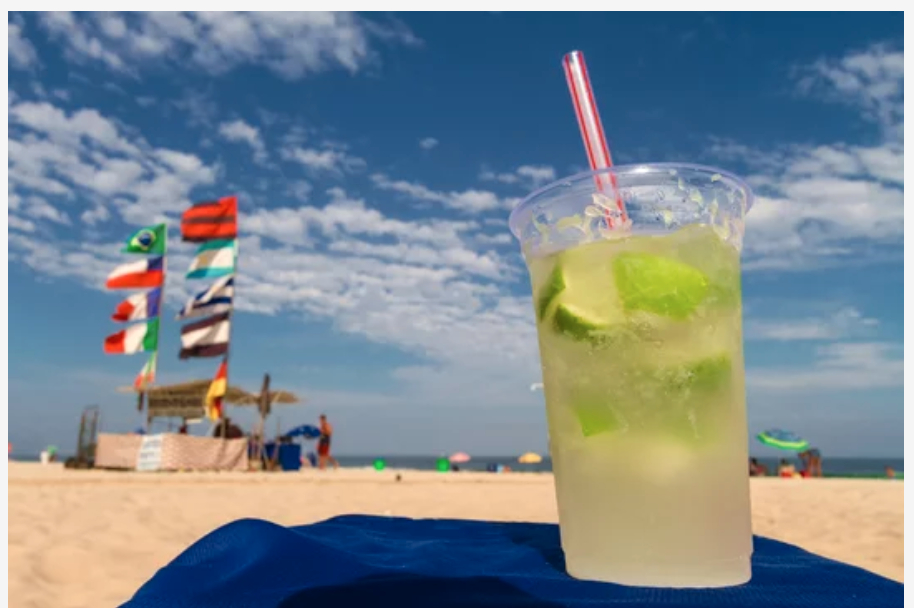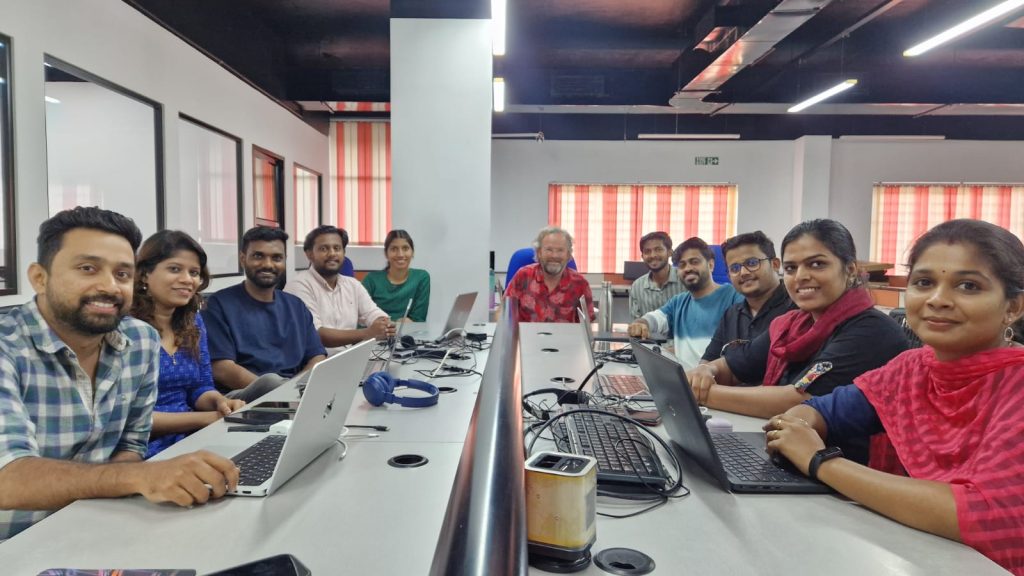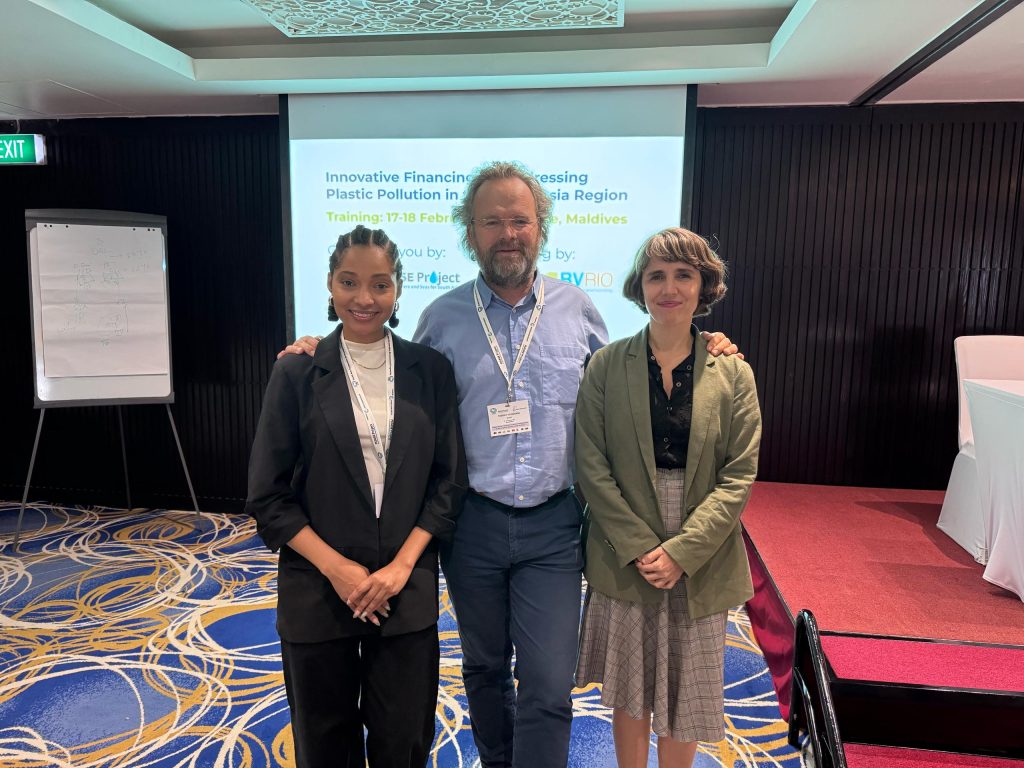As part of the Circular Beach Project – an initiative of the Circular Plastics in The Americas Programme (CPAP) – BVRio has produced a report that outlines strategies for reducing the use of plastics in the different types of commercial establishments participating in the project on Copacabana Beach in Rio de Janeiro, Brazil. The report brings together the results of the mapping of plastics used by kiosks, hotels and beach stalls, and assesses the challenges and opportunities they face in aligning with the “Circular Commitment”, a document with a set of environmental targets aimed at reducing and recycling plastics, to be signed by them.
The report’s methodology was inspired by the Global Plastics Circularity in Tourism Initiative (GTPI), co-led by the UN Environment Programme (UNEP). The analysis showed that the three types of establishments have significantly different contexts, influencing their approaches to achieving the Circular Commitment.
The kiosks, for instance, controlled by the Orla Rio concessionaire, have similar operations and could benefit from centralised actions by the concessionaire, such as the search for alternative suppliers, improvements to the “Recicla Orla” recycling programme, training for employees and awareness campaigns for consumers.
The two hotels taking part in the project have very different characteristics. One of them, a five-star luxury hotel, faces cultural pressures related to customer expectations, while the other, a four-star boutique hotel, is already a signatory to the GTPI. Nevertheless, both hotels present similar challenges and could benefit from an exchange of experiences and information.
On the other hand, beach stalls face cultural and financial limitations in changing their plastic use and disposal patterns. Two of the report’s recommendations were to explore joint actions starting with their association and to intensify discussions with the government to improve collection operations. “The search for better supplier options, allowing for wholesale purchases and economies of scale, would benefit all of the project’s partner establishments,” said Maria Accioly, BVRio’s circular economy expert.
The report also highlighted a list of priority plastic items for elimination, reduction or replacement in partner establishments, indicating possible viable alternatives for items such as water bottles, cups, condiment sachets, cutlery, straws, plates, carrier bags, sponges, and disposable hairnets or caps.
The project aims to promote replacing these plastic items with more sustainable alternatives, considering the specific needs and capacities of each type of establishment. These strategies have the potential to generate permanent changes in their business models and contribute to the preservation of the coastal environment.



